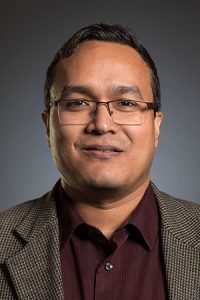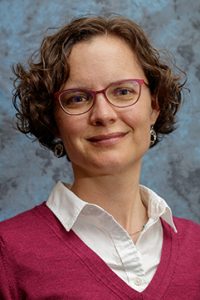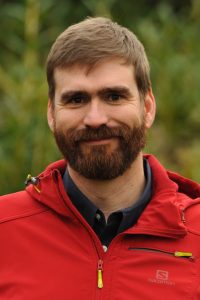
With essential freshwater ecosystems changing around the world, more interdisciplinary trained scientists are needed to think outside-the-box regarding these changes to help better sustain important resources. To address this need, the University of Washington has been awarded an NSF Research Traineeship grant to initiate an innovative graduate training model. Starting fall of 2020, both M.S. and PhD students will have the opportunity to receive innovative training in data analysis, cultural awareness, science communication, and participate in new interdisciplinary research.
The National Science Foundation Research Traineeship (NRT) award to the University of Washington will develop an innovative, culturally aware STEM trained workforce in freshwater science. Named Future Rivers, this program will prepare Trainees to become fluent in 21st century data science approaches to understand interactions among and within food, water, and energy sectors in order to expand the options for environmental sustainability. Students will learn to work in applied ways within career fields outside of academia to create a solid foundation that connects academic government and industry partners when addressing freshwater issues.
Originally published by EarthLab.






